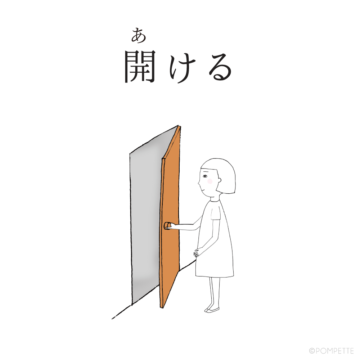
【 体温計・taionkei 】medical thermometer
体温 (たいおん taion) = body temperature
計る (はかる hakaru) = measure
We use the metric system in Japan so body temperatures are measured in Celsius.
平熱 (へいねつ heinetsu) = normal body temperature
36.5–37.5 °C (equal to 97.7–99.5 °F)
発熱 (はつねつ hatsunetsu) = a fever
any temperature above an individual’s normal body temperature
微熱 (びねつ binetsu) = slightly feverish
37-38 °C
高熱 (こうねつ konetsu) = a high fever
body temperature above 38.0°C
On the other end of the spectrum,
低体温症 (ていたいおんしょう teitaionshō) = hypothermia
body temperature below 35.0°C
—
Now, how would you read “36.8 °C” in Japanese?
When reading a medical thermometer, you would read whole numbers with 度 (ど do), as in degree, and decimals with 分 (ぶ bu).
So 36.8 °C would be 36度8分 (さんじゅうろくどはちぶ sanjyūrokudohachibu).
When measuring other degrees (like an angle), it is more common to say てん (ten) for the decimal and say 36.8度 (さんじゅうろくてんはちど sanjyūrokudohachibu).
Both °C and °F are 度 (do), but you would usually add 華氏 (かし kashi; Farenheit) as a prefix to avoid confusion.
50°F = 華氏50度 (kashi gojyūdo)
—
The flu is インフルエンザ (infuruenza) in Japanese, インフル for short.
—
熱(ねつ)っぽい
(netsuppoi)
(I’m) feverish
熱があるかも。
(netsu ga arukamo)
I might have a fever.
風邪(かぜ)をひいたかも。
(kaze wo hiitakamo)
I might have caught a cold.
インフルエンザじゃないといいんだけど。
(infuruenza janaito iindakedo)
I hope it’s not the flu.
—
Learn more flu terminology and phrases in the video here, more medical supplies in Japanese here, and learn how to say medical symptoms in Japanese here.
Happy Learning!




